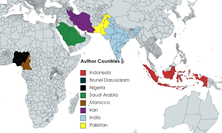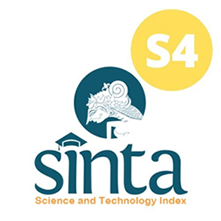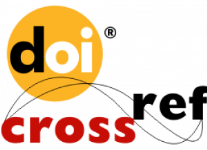Growth Monitoring System Using Infant Length to Determine Nutritional Status in Children Aged 0-12 Months.
Diagnostic
Abstract
This research addresses the pressing issue of monitoring the growth and nutritional status of infants aged 0-12 months, a critical period for health and development. Inadequate growth monitoring can lead to undetected nutritional deficiencies and long-term health consequences. To tackle this problem, the study developed an innovative Growth Monitoring System that utilizes length, weight, and head circumference as key indicators of nutritional status. The system integrates advanced technology, including an ESP-32 microcontroller, load cell sensors for weight measurement, ultrasonic sensors for height measurement, and infrared sensors for head circumference measurement. The methodology involved collecting data from 30 respondents, where the system automatically recorded measurements and generated growth curves displayed on a web-based platform. The accuracy of the measurements was evaluated, revealing significant variability in error rates. Specifically, the highest error in head circumference measurement was recorded at 25.38%, while the weight measurement exhibited a lower error rate of -20.47%. These results highlight the challenges in achieving precise measurements but also demonstrate the system's capability to provide essential data for assessing infant growth. In conclusion, the developed Growth Monitoring System represents a significant advancement in child health monitoring, offering a reliable and efficient method for tracking the growth of infants. Despite the observed measurement errors, the system's automated data collection and analysis capabilities provide valuable insights into nutritional status. The research emphasizes the potential for broader implementation of such systems in pediatric clinics and national health programs, ultimately contributing to improved health outcomes for infants. By enhancing the accuracy and accessibility of growth monitoring, this research paves the way for more effective interventions in early childhood nutrition and health

This work is licensed under a Creative Commons Attribution-ShareAlike 4.0 International License.
Authors who publish with this journal agree to the following terms:
- Authors retain copyright and grant the journal right of first publication with the work simultaneously licensed under a Creative Commons Attribution License that allows others to share the work with an acknowledgement of the work's authorship and initial publication in this journal.
- Authors are able to enter into separate, additional contractual arrangements for the non-exclusive distribution of the journal's published version of the work (e.g., post it to an institutional repository or publish it in a book), with an acknowledgement of its initial publication in this journal.
- Authors are permitted and encouraged to post their work online (e.g., in institutional repositories or on their website) prior to and during the submission process, as it can lead to productive exchanges, as well as earlier and greater citation of published work (See The Effect of Open Access).











